The artist Alexandre Bida paid a lot of attention to clothing details and facial expressions; the importance of the moment is reinforced by the deliberate choice of using black and white
Engraving framed in a gilded frame (wear and losses) and glazed (cracked window in the lower left corner), foxing on the paper
It bears the words " Drawn by Bida", "Alphonse Masson Aqua forti" and "Pollet sculpsit"
Alexandre Bida (1813-1895) is a painter and engraver from Toulouse, who was a student of Eugène Delacroix.
A traveling painter, at the age of 30 he embarked on a long trip to Greece, Turkey and Syria. With his proposals for orientalist drawings (currently fashionable at that time) he became one of the representatives of this style, with the particularity of his use of black and white.
Other trips took him to Egypt, then to the Holy Land: in 1857 he presented at the Salon des Artistes the "Refectory of Greek Monks", the starting point for a series of drawings devoted to high places of spirituality (illustration of the Bible for Hachette in 1860).
At the Universal Exhibitions of 1967, he presented "The Massacre of the Mamelukes" today presented at the Louvre.
The original of this engraving, the Wailing Wall, is presented at the Malmaison Museum.
Dimensions with frame: 110 x 135 cm
Dimensions of the “drawing”: 61 x 89 cm














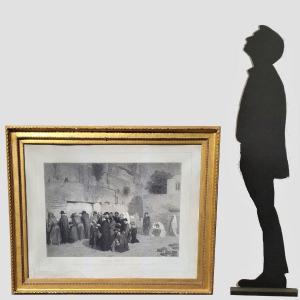

















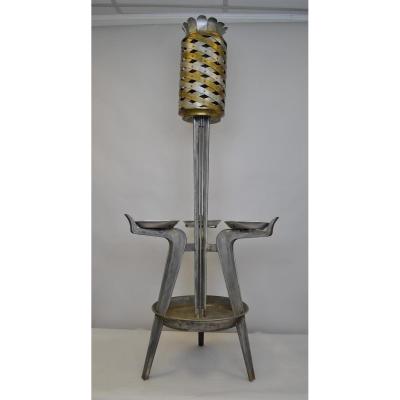


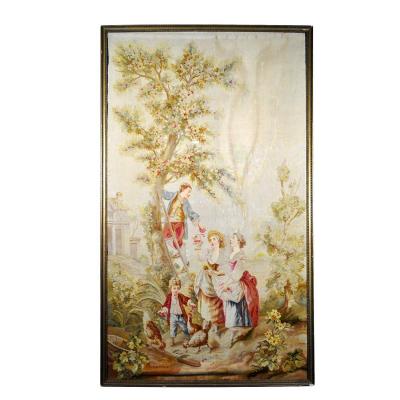
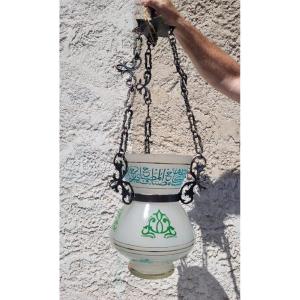
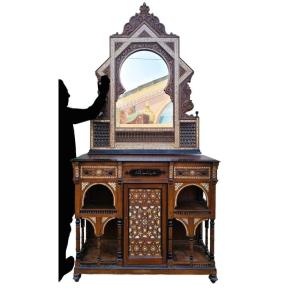






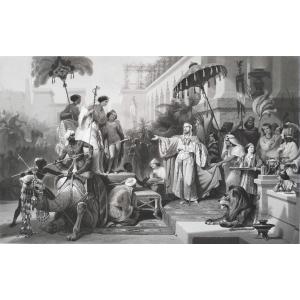

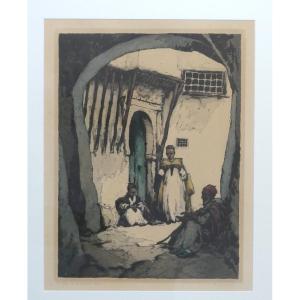



 Le Magazine de PROANTIC
Le Magazine de PROANTIC TRÉSORS Magazine
TRÉSORS Magazine Rivista Artiquariato
Rivista Artiquariato